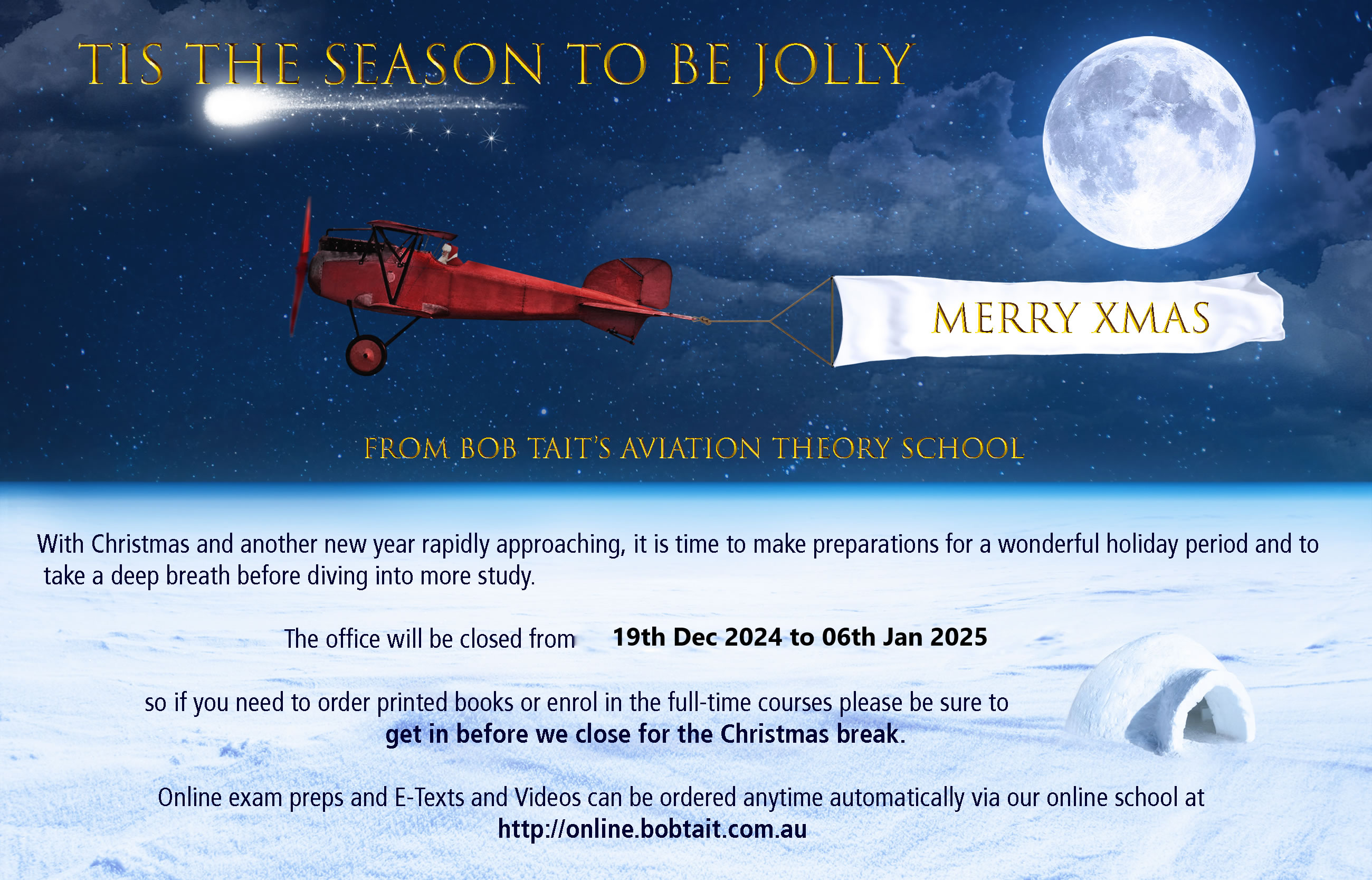Some observations.
Initial pilot PoF training is a bit unfortunate in that it tends to look at this area too simplistically. Generally, for a conventional aircraft, there will be a nose down pitching moment for the wing/fuselage balanced by tailplane loads. A tragic example of this (which was fortuitously captured on film) saw the loss of a Caribou during the Vietnam conflict. At that time, comms and procedures were a bit average - exacerbated by Service changes - and the aircraft had its tail section taken off by an artillery round while making an approach at a forward base on an ammunition resupply mission. The photo shows both the separated tail and the very clear result of a nose down wing/fuselage pitching moment ..
www.c-7acaribou.com/album/photos/photo02.htm.
The effect of CG moving aft within the approved range is to reduce stick loads to maintain a given manoeuvre. This eventually gets to a point where the aircraft longitudinal stability is grossly affected to the point of becoming dangerous. Of interest, while a statically unstable aircraft can be flown for a short while by a knowledgeable pilot, most will lose the plot (along with the aircraft) with minimal delay. Dynamic instability is beyond the human pilot's capability.
As Bob observes, stall speed is CG dependent due to the variation in wing and tail lift with CG. This is why certification stalls generally are for forward high weight conditions - to give the highest value for performance related matters - and why the preferred cruise CG is towards the aft limit - to minimise tailplane download and associated wing lift .. ie lower drag situation.
Looking at the OP's final question, the net lift will be unchanged (that's tied up with the weight) but the wing lift is reduced as there is less tailplane downforce to balance out.







